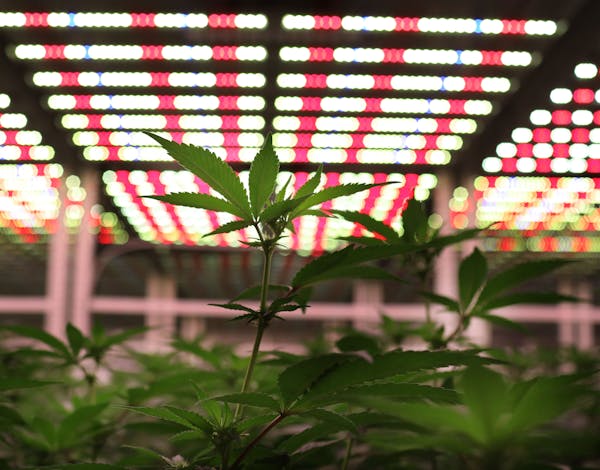Hello Kitty arrived on the scene rather unremarkably, in 1975: a white cat with a red bow and an expressionless face, printed on a vinyl coin purse.
Nearly half-a-century later, the world is awash in Hello Kitty merch.
Pretty much any item you can think of — swivel chairs, Adidas sneakers, catnip planters, what I initially mistook as a Hello Kitty pregnancy test but was actually Hello Kitty earbuds — has a version emblazoned with Japan's most iconic cartoon character.
So it's no surprise that Hello Kitty has her own Cafe Truck, which will be parked near Ridgedale Center's Cheesecake Factory this Saturday,between 10 a.m. and 7 p.m.
The menu is minimal: macarons, madeleines, giant cookies are apparently Hello Kitty's version of Fancy Feast. But the limited-edition merchandise is far more extensive, including hoodies, lunchboxes, thermoses, canvas totes, enamel pins, and cup plushes (whatever those are).
The fact that Hello Kitty trucks have been roving the country since 2014 is a testament to her enduring appeal.
And it begs the question: Why has Hello Kitty stayed so popular as other Gen-X cuties — Cabbage Patch Kids, Beanie Babies — flashed in the pan, their influence as faded as film-camera prints?
My childhood coincided with the brand's debut. I remember delightedly acquiring a tiny set of Hello Kitty colored pencils in the 1980s. What made the set remarkable was its miniature scale, only slightly larger than what a Barbie doll might employ. I loved it not for its practicality (the pencils were always getting lost), but sheer adorableness.
My pencil set is long gone, but Hello Kitty maintains a presence, quietly accessorizing the tableau of my middle-age life, as innocuously as a cat curled up on a couch. My checkbook still has the same pink plastic Hello Kitty cover from my 20s; my kids have a Hello Kitty beachball floating around in the backyard. My editor says this qualifies me as a fan. But not an uber-fan, like her friend, who has a Hello Kitty toaster, which browns the cat's sweet little face on the bread.
Cultural commentators have suggested Hello Kitty represents the simplicity and innocence of childhood, feelings that many women want to hold onto into adulthood. Perhaps Kitty's staying power is also due to her demure, enigmatic nature. By avoiding controversy — issues of scarcity and counterfeits plagued many of the '80s crazes for adoptable dolls and plush animals — Hello Kitty quietly marked her territory. (I only just now realized she doesn't even have a mouth to express her thoughts and feelings.)
She's raked in billions appearing on electric guitars, airplanes, wine bottles, theme parks and nativity scenes and may continue to do so for generations.
As far as I can tell, here's no Hello Kitty pregnancy test yet, but there is a Hello Kitty-themed maternity ward.

Helen Simonson is in Jane Austen mode with 'The Hazelbourne Ladies Motorcycle and Flying Club'
US-Audiobooks-Top-10

